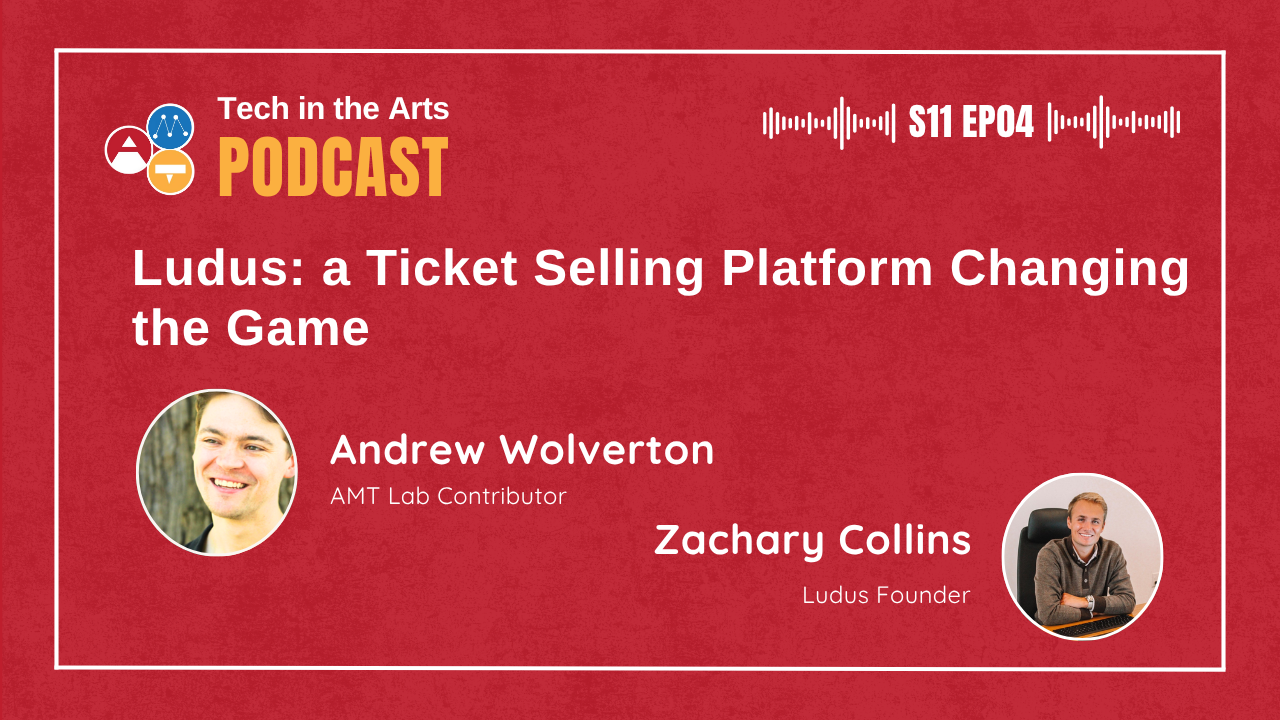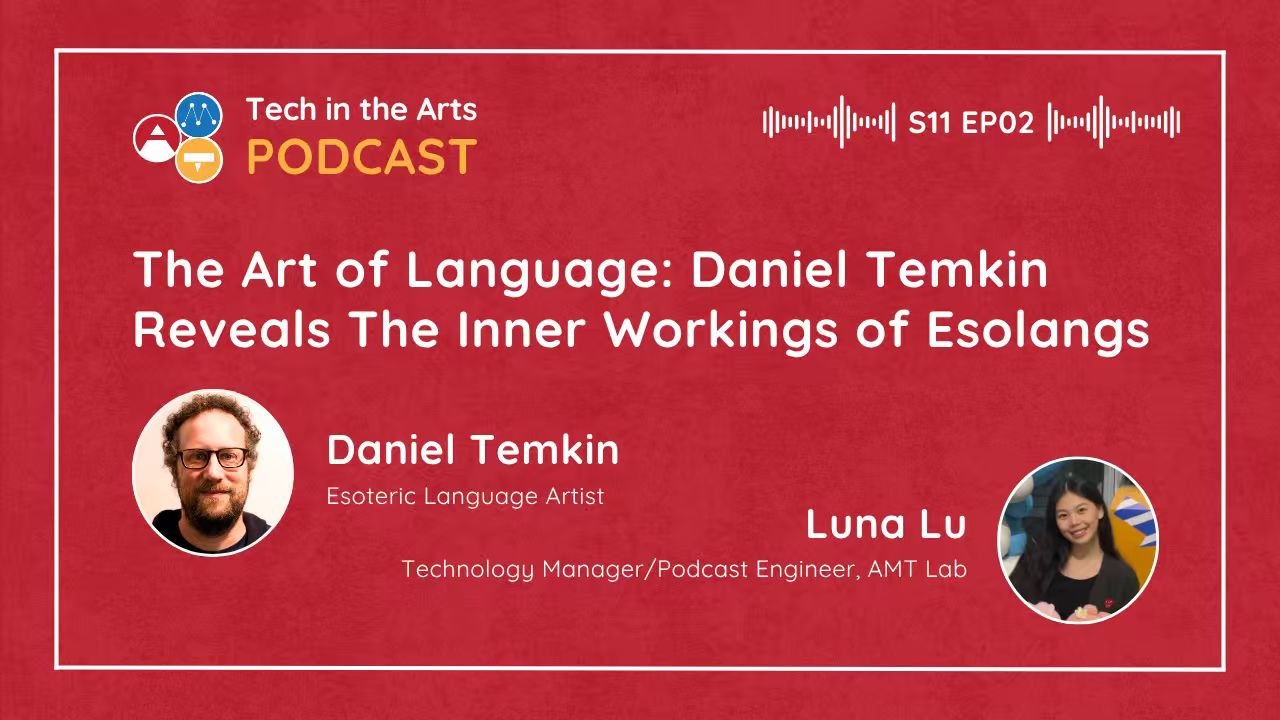Guest contributor, Beth Geatches, attended the National Arts Marketing Project conference in Memphis Tennessee. She gathered opinions from major players in the Arts Marketing field. Listen to their opinions on our latest Podcast.
Who’s Afraid of Modern Art?
"Who's afraid of modern art?“ – with this question, students begin their guided journey through the Städel Museum`s new online course. The oldest museum foundation in Germany is celebrating their 200th birthday by redefining their communication strategy to fit the digital age. Part of this change is the implementation of an online art history course and more recently a virtual reality tour of the museum in the 19th century. This course is an addition to the museum new offerings, like a digitorial, a digital catalogue that informs you about the current exhibition or an online audio tour.
AMT Lab contributor Seggen Mikael sat down with Chantal Eschenfelder, Head oft he Educational Department, and Axel Braun, Head of PR and Online Communication, to discuss the online course`s implementation and success, as well as the Städel Museum’s other offerings in their digital revolution.
Podcast: Managing a Tech Heavy Arts Festival
Podcast Episode #84 - Social Media Spotlight: Woolly Mammoth Theatre Co.
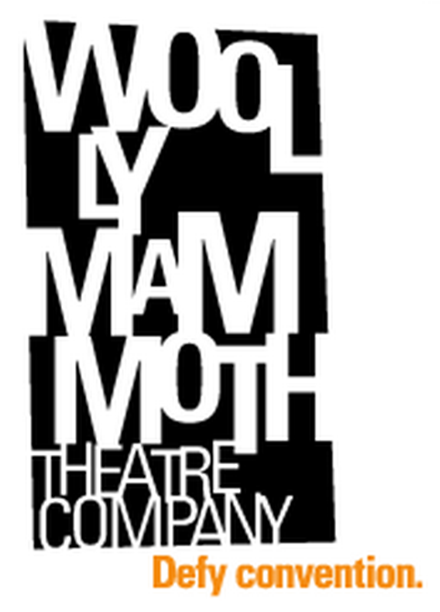 Woolly Mammoth Theatre Co. in Washington, DC has been getting a lot of press lately about their re-launch of the Pulitzer-Prize winning play "Clybourne Park". Along with the production, Woolly Mammoth has begun an innovative audience engagement campaign that includes many social media platforms. In this podcast, Rachel Grossman (Connectivity Director for the theater) answers questions about social media planning, what "connectivity" actually means, and integrating efforts across platforms.[display_podcast]
Woolly Mammoth Theatre Co. in Washington, DC has been getting a lot of press lately about their re-launch of the Pulitzer-Prize winning play "Clybourne Park". Along with the production, Woolly Mammoth has begun an innovative audience engagement campaign that includes many social media platforms. In this podcast, Rachel Grossman (Connectivity Director for the theater) answers questions about social media planning, what "connectivity" actually means, and integrating efforts across platforms.[display_podcast]
Podcast Episode #81 - Audience Feedback 2.0 - Quantifying Intrinsic Impact
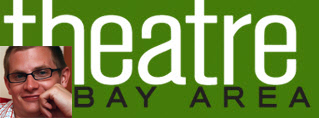 In this episode, David talks with Clayton Lord from Theatre Bay Area about their work on "Audience Feedback 2.0" - a research study conducted with Wolf Brown on measuring the intrinsic impact (intellectual, social, and emotional) of a theatrical performance on audiences within 18 theatres in 6 cities throughout the United States. The study seeks to establish:
In this episode, David talks with Clayton Lord from Theatre Bay Area about their work on "Audience Feedback 2.0" - a research study conducted with Wolf Brown on measuring the intrinsic impact (intellectual, social, and emotional) of a theatrical performance on audiences within 18 theatres in 6 cities throughout the United States. The study seeks to establish:
- A web-based interface to eventually allow any company to do their own impact study at minimal expense
- A data set that will be useful for artists, administrators, advocates, funders and audience members
- A series of national conversations designed to tackle how best to talk about the arts in a way that isn't economic
For more information:
The Intrinsic Impact Project - Theatre Bay Area's current online record for the project
Intrinsic Impact: New Approaches to Audience and Visitor Feedback - a 60-minute webinar conducted by Wolf Brown and hosted by Americans for the Arts. (Must be an AFTA member to view this webinar.)
Major University Presenters Value and Impact Study - a two-year study of the values and motivations driving performing arts attendance and donation.
Podcast Episode #80 - Mobile App Development at the Warhol
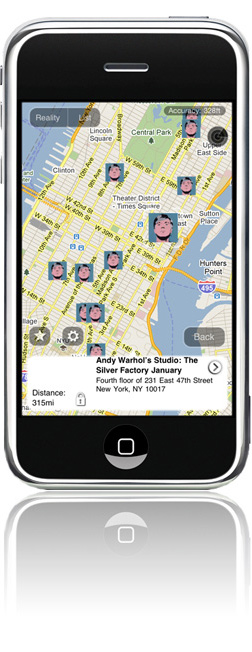 In this episode, Thomas talks with the Andy Warhol Museum's Josh Jeffrey, the Web and Digital Media Manager, and Tresa Varner, the Curator of Education, about their new mobile apps and the development process behind them. From augmented reality to silkscreening on the iPhone, no two apps at the Warhol are exactly alike.
In this episode, Thomas talks with the Andy Warhol Museum's Josh Jeffrey, the Web and Digital Media Manager, and Tresa Varner, the Curator of Education, about their new mobile apps and the development process behind them. From augmented reality to silkscreening on the iPhone, no two apps at the Warhol are exactly alike.
Cool sites of the episode:
The Andy Warhol Museum - The home of everything Andy Warhol, this Pittsburgh based museum features work by the artist as well as exhibitions of contemporary artists from around the world.
Brunner Digital - This advertising and software development company worked with the Warhol on many of the apps mentioned in the episode.
Toura - Focused on tourism and travel industries, this mobile software development company has worked with the Warhol as well as multiple other museums and cultural institutions.
Podcast Episode #79 - Audience Engagement Platform
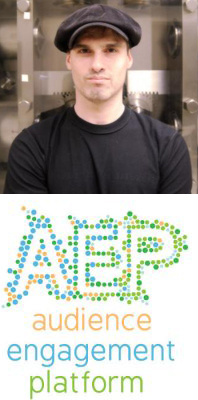 In this episode, David talks with Chris Elam from Misnomer Dance Theater about the upcoming launch of the Audience Engagement Platform, an innovative web-based communications network designed to connect artists, and the environments within which they work, with their audiences – patrons, contributors, the media, and potential funders.
First announced in 2008, the Audience Engagement Platform has been developing steadily with Elam's leadership. The platform will provide templates for multiple ways in which artists can create deeper engagement experiences for their audiences. Artists will also have the opportunity to see what types of engagement activities their peers are creating.
In this episode, David talks with Chris Elam from Misnomer Dance Theater about the upcoming launch of the Audience Engagement Platform, an innovative web-based communications network designed to connect artists, and the environments within which they work, with their audiences – patrons, contributors, the media, and potential funders.
First announced in 2008, the Audience Engagement Platform has been developing steadily with Elam's leadership. The platform will provide templates for multiple ways in which artists can create deeper engagement experiences for their audiences. Artists will also have the opportunity to see what types of engagement activities their peers are creating.
According to Elam and the AEP team:
Over 40% of all Americans attend performing arts events each year, and there are over 6 million artists working in America. While each interacts with his/her own audience base perhaps once or twice a year, their cumulative reach is enormous. Artists have a huge opportunity to engage their audiences through the web, yet with uncertainty about which tools to use and to what degree, artists often feel stranded, frustrated, and static in their audience outreach. AEP will simplify and streamline the various online vehicles available, and it will create effective and efficient ways of engaging and growing audiences.
Cool Sites of the Episode: AEPlatform - The online space for staying up-to-date on the Audience Engagement Platform
Misnomer Dance Theater - So you've heard about their work with AEP, now check out their amazing work in dance
Podcast Episode #78 - Seven Digital Trends and Their Implications for the Creative Sector
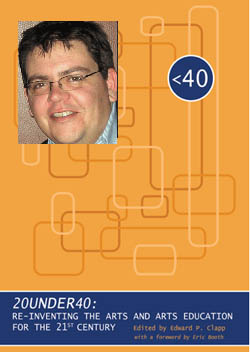 For this end-of-year podcast episode, we take a look at numerous trends in the technology sector and their implications for nonprofit arts and culture organizations. David talks with Brian Newman, author of the essay "Inventing the Future of the Arts: Seven Digital Trends that Present Challenges and Opportunities for Success in the Cultural Sector" from the recently published 20UNDER40: Re-Inventing the Arts and Arts Education for the 21st Century.
Their conversation explores ways in which the trends identified in Brian's essay will impact the creative sector as well as how arts organizations can adapt to these shifts in our culture. Topics include: downsizing and mergers, with-profit collaborations, disintermediation and the new role for curators, particpatory culture, electracy, and more.
For this end-of-year podcast episode, we take a look at numerous trends in the technology sector and their implications for nonprofit arts and culture organizations. David talks with Brian Newman, author of the essay "Inventing the Future of the Arts: Seven Digital Trends that Present Challenges and Opportunities for Success in the Cultural Sector" from the recently published 20UNDER40: Re-Inventing the Arts and Arts Education for the 21st Century.
Their conversation explores ways in which the trends identified in Brian's essay will impact the creative sector as well as how arts organizations can adapt to these shifts in our culture. Topics include: downsizing and mergers, with-profit collaborations, disintermediation and the new role for curators, particpatory culture, electracy, and more.
Cool Sites of the Episode
20Under40 - For further information on the project, discussion forums addressing the ideas put forth by these arts leaders, and more. Buy the hardback | Buy the e-book | Discuss Brian's chapter
SpringBoardMedia - Brian Newman's blog on the future of the media arts. You can also follow Brian on Twitter at @bnewman01.
The Long Tail - Wired editor Chris Anderson's book about the potential power of niche markets.
The Participatory Museum - Nina K. Simon's guide to making cultural institutions more dynamic, relevant and essential.
Podcast Episode #72 - The Ride: Multi-media Theatrical Tourism on Wheels
 In this episode of Technology in the Arts, Brad interviews Brett Jarvis, Technical Supervisor for THE RIDE, a multi-media, multi-discipline production that moves guests through midtown Manhattan on custom-built vehicles, while an ever-changing show featuring actors, performers, and everyday citizens unfolds on the streets before them. THE RIDE rolls out on September 16, 2010.
In this episode of Technology in the Arts, Brad interviews Brett Jarvis, Technical Supervisor for THE RIDE, a multi-media, multi-discipline production that moves guests through midtown Manhattan on custom-built vehicles, while an ever-changing show featuring actors, performers, and everyday citizens unfolds on the streets before them. THE RIDE rolls out on September 16, 2010.
[display_podcast]
Podcast Episode #71 - Audience 2.0, Smartphone Apps and Tips for Working with Developers
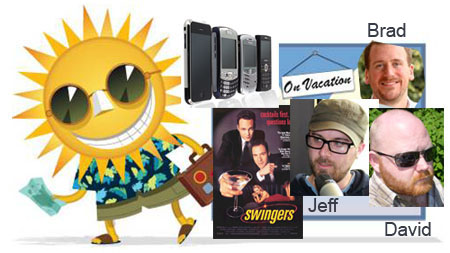
In this episode of Technology in the Arts, Brad and David welcome Jeff Inscho to the Heinz College staff at Carnegie Mellon University and launch into a rowdy conversation featuring:
- What they've done with their "summer vacation"?
- NEA's Audience 2.0 report
- Developing apps for smartphones
- Using Adobe InDesign to create magazines for iPad
- Tips for finding and working with developers
- ...and swingers!
Cool Site of the Episode:
![]() Scribd allows you to easily turn any file—such as PDF, Word and PowerPoint—into a web document and connect with readers through their online community, social media sites such as Facebook or Twitter, and search engines like Google.
Scribd allows you to easily turn any file—such as PDF, Word and PowerPoint—into a web document and connect with readers through their online community, social media sites such as Facebook or Twitter, and search engines like Google.


